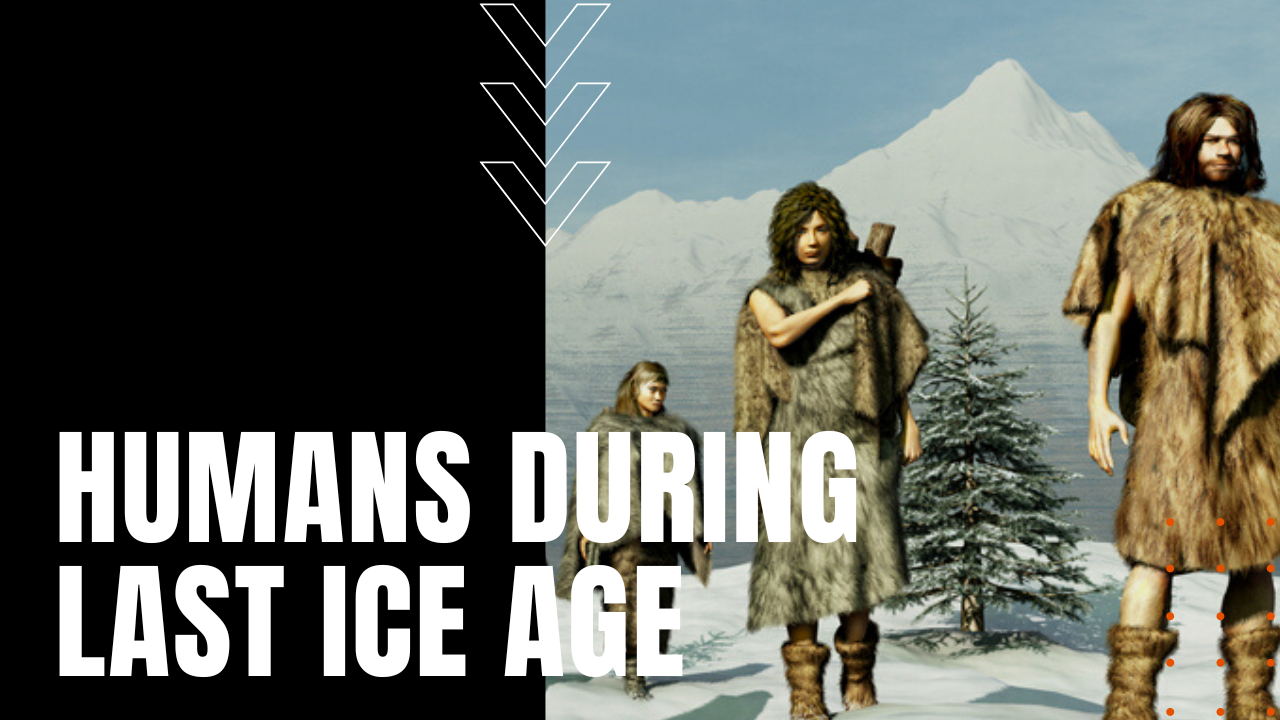Early Modern Man and the Last Ice Age

Looking remarkably like humans of today, during the last ice age, between 24,000 to 21,000 years ago, early Homo sapiens migrated from the warmth of Africa into northern Europe and Eurasia, adapting to frigid climates due primarily to the increased size of their brains, not only surviving in frigid conditions, but thriving despite the extremes of their environment.
Multi-generational Knowledge
With the advent of language came early man’s ability to relay important information through music, art and dance, allowing generations of early man to pass along information about seasons and weather patterns, the migrations of animals and the edibility and preparation of certain plants.
Upper Paleolithic Period
Corresponding with the Upper Paleolithic period, ice age humans made immense forward strides in toolmaking and weaponry, marking the first appearance of tools made specifically for the manufacture of other tools, including intricate and interchangeable spearheads and harpoon tips that could be carried long distances by hunters and fishermen. Early Homo sapiens’ expanded intelligence also helped them avoid injury during close-range hunts on large animals, including thousands of years of archeological evidence of techniques used to corner migrating herds of wild horses and reindeer into dead end valleys or ravines, before safely slaying and butchering their chosen prey.
Advent of the Sewing Needle
The advent of the sewing needle also did much to improve early man’s survivability in northern climates, enabling humans to craft layers of tight-fitting and frequently waterproof clothing that could be added or removed based on changing weather conditions and temperatures.
Improved Shelter
Shelter was another major advance for ice age humans, who added draped hide doorways to natural rock enclosures, shielding the occupants within from piercing wind and rain, at the same time constructing tent-like structures made of wooden poles inside their chose caves, before enclosing them with sewn animal hides to create warm denizens for families and tribal members. During the brief months of summer, however, ice age humans moved outside to the Atlantic coast plains from Europe to Siberia, constructing dome-shaped huts partially dug into the earth.
Mammoth Bones For Housing
Using a latticework of mammoth bones, ice age humans covered their structures with sod or animal hides, existing as one with nature until the return of winter forced them back into caves, making the survival of ice age humans, a testament to early man’s use of intelligence, creativity and strategic thinking.
